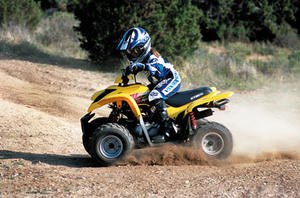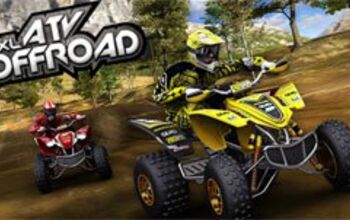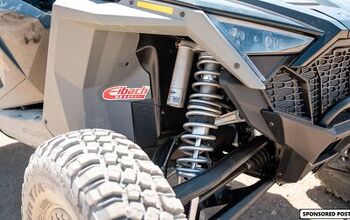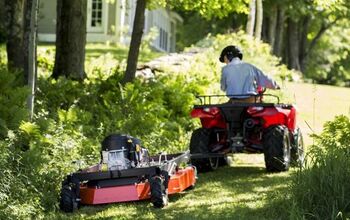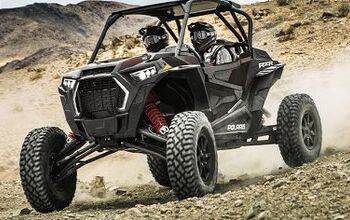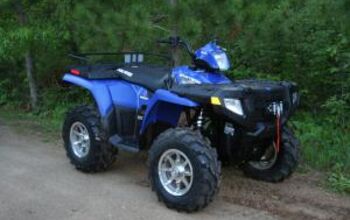CPSC to Delay Enforcement of Lead Ban
Dealerships may soon be able to sell youth ATVs and motorcycles again, after the Consumer Product Safety Commission’s (CPSC’s) leadership voted to propose a stay on enforcement of the lead ban.
The proposed stay of enforcement would run until May 1, 2011 and apply to vehicles before that date. Vehicles made before May 1, 2011 would remain exempt for the life of the vehicle after the stay of enforcement ends. The proposed stay would also apply to replacement parts, provided those parts have a lower lead content than the original parts. Manufacturers would be required to submit a list of vehicles and components to be protected by the stay.
“Clearly this latest move shows that the CPSC realizes that youth-model motorcycles and ATVs have no business getting caught up in a law aimed at children’s toys,” says Ed Moreland, the AMA’s vice president for government relations. “We’re heartened that both commissioners favor a stay of enforcement, and it appears that this could clear the way for dealers to sell youth-model motorcycles and ATVs – an important consideration for riders and motorsports businesses alike as the riding and racing season ramps up.”
Acting CPSC Chair Nancy Nord first proposed a one-year stay on enforcing the ban on youth off-highway vehicles containing lead products in a statement April 3, saying the delay would allow Congress to amend the Consumer Product Safety Improvements Act (CPSIA) to allow the commission to exclude motorcycles and ATVs.
The other half of the CPSC leadership, Commissioner Thomas Moore issued a statement April 16 saying he agrees with the delay. Moore’s statement also highlighted a divide in the CPSC’s view on youth off-highway vehicles.
Nord’s statement said she, with “extreme reluctance”, could not allow an exemption to the CPSIA for motorcycles and ATVs because the wording of the CPSIA was too restrictive. Nord’s statement cited a report by the CPSC staff saying such vehicles may not present a health risk due to lead exposure. Nord also said the CPSIA’s approach to youth OHVs was out of step with how other parts of the world, such as Europe have approached the issue.
Moore’s statement however says he considers OHVs to be “dangerous for children under 12 to ride” and contain “accessible parts with excess levels of lead”. Moore’s statement suggests he would not agree with granting an exception for youth OHVs even if the CPSC had the ability to. Moore also states that the European Union’s lead limits may be too lenient.
Moore does concede that the lead ban may pose a larger safety risk than the potential for lead consumption, as the CPSIA may cause parents to let their children ride vehicles designed for adults, justifying a stay of enforcement. Moore says a stay would give manufacturers time to produce products that comply with the CPSIA’s lead requirements.
The Motorcycle Industry Council, the Specialty Vehicle Institute of America and the Coalition for Safe and Responsible ATV Use issued a statement saying they are pleased with the end to the lead ban but the stay is not a solution but a stopgap measure. The stay would only apply to the CPSC but state Attorney Generals would still have the power to enforce the ban.
Moreland agrees, saying Congress will need to provide a permanent solution to allowing access to youth model ATVs and motorcycles.
“This vote doesn’t solve the larger, long-term issue, which is whether or not youth-model motorcycles and ATVs will be exempted from the CPSIA,” says Moreland. “We believe they should be excluded, and we will continue to work with our partners in the industry and our friends in Congress to make that happen.”
Related Reading
More by ATV.com Staff



